15 February 2025
Let’s face it: E-sports isn’t just about sharp reflexes, intricate strategies, or who can click the fastest. Sure, those things matter, but at its core, competitive gaming is a team endeavor. Whether you’re smashing lanes in League of Legends, pulling off outrageous multi-kill clutches in CS:GO, or executing immaculate synergy in Rocket League, one thing becomes crystal clear—team dynamics can make or break a squad.
But what does "team dynamics" even mean? And why does it matter so much in the high-stakes world of e-sports? Well, buckle up, because we’re diving into the heartbeat of every successful team—their chemistry, communication, trust, and how they weather the storms together.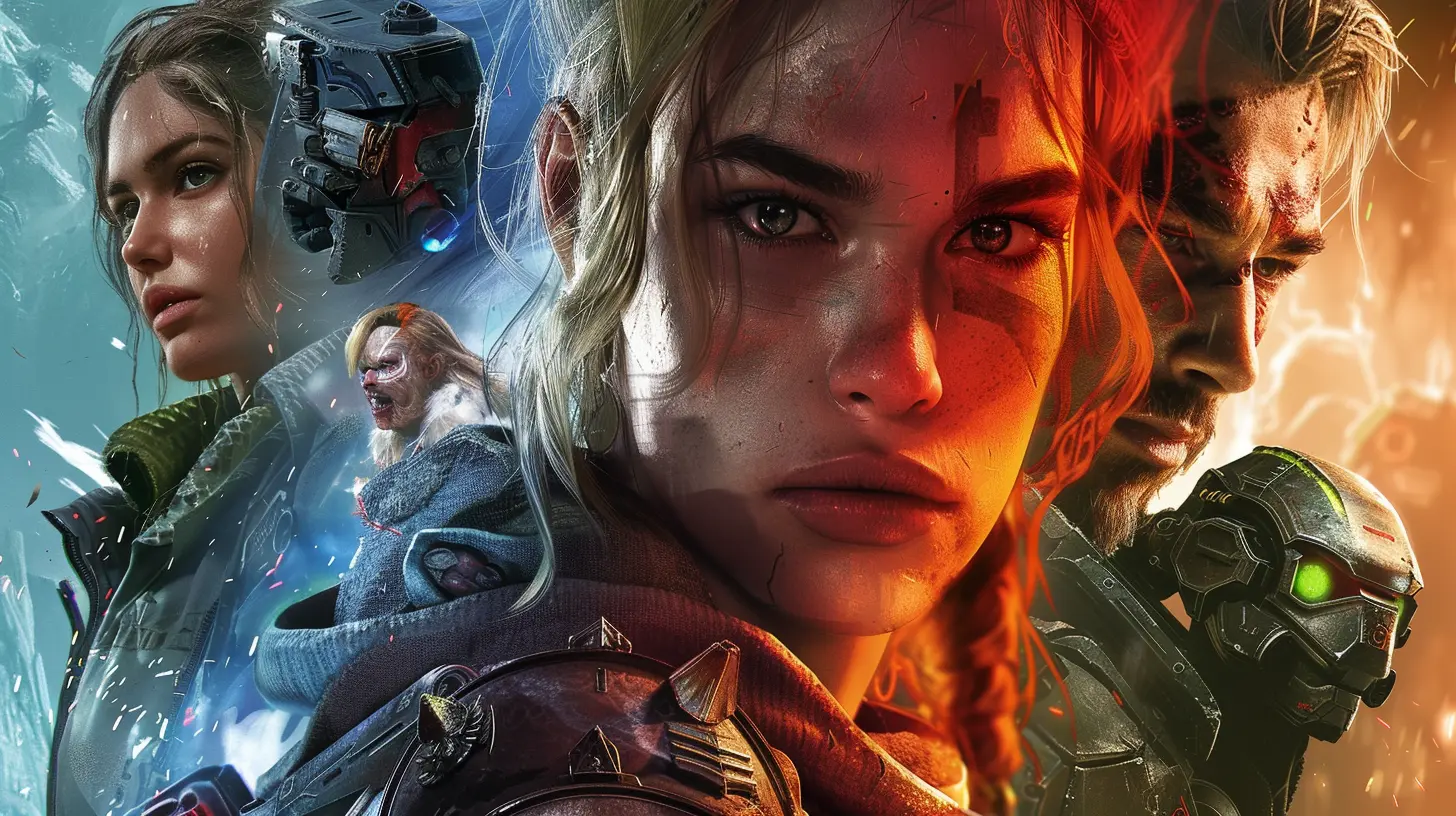
What Are Team Dynamics and Why Do They Matter?
Imagine a team as a well-oiled machine. Every part (read: player) has a role, and when one part fails, the entire system can grind to a halt. Team dynamics is the glue that holds it all together—the way players interact, support each other, and coordinate for a common goal.In e-sports, this is amplified tenfold. Unlike traditional sports where physical prowess often takes center stage, e-sports is largely cerebral and communication-intensive. You’re not just running plays; you’re making split-second decisions together. If even one person is off their game—maybe they’re tilted, silent, or just not trusting their teammates—it’s like having a broken gear in the machine.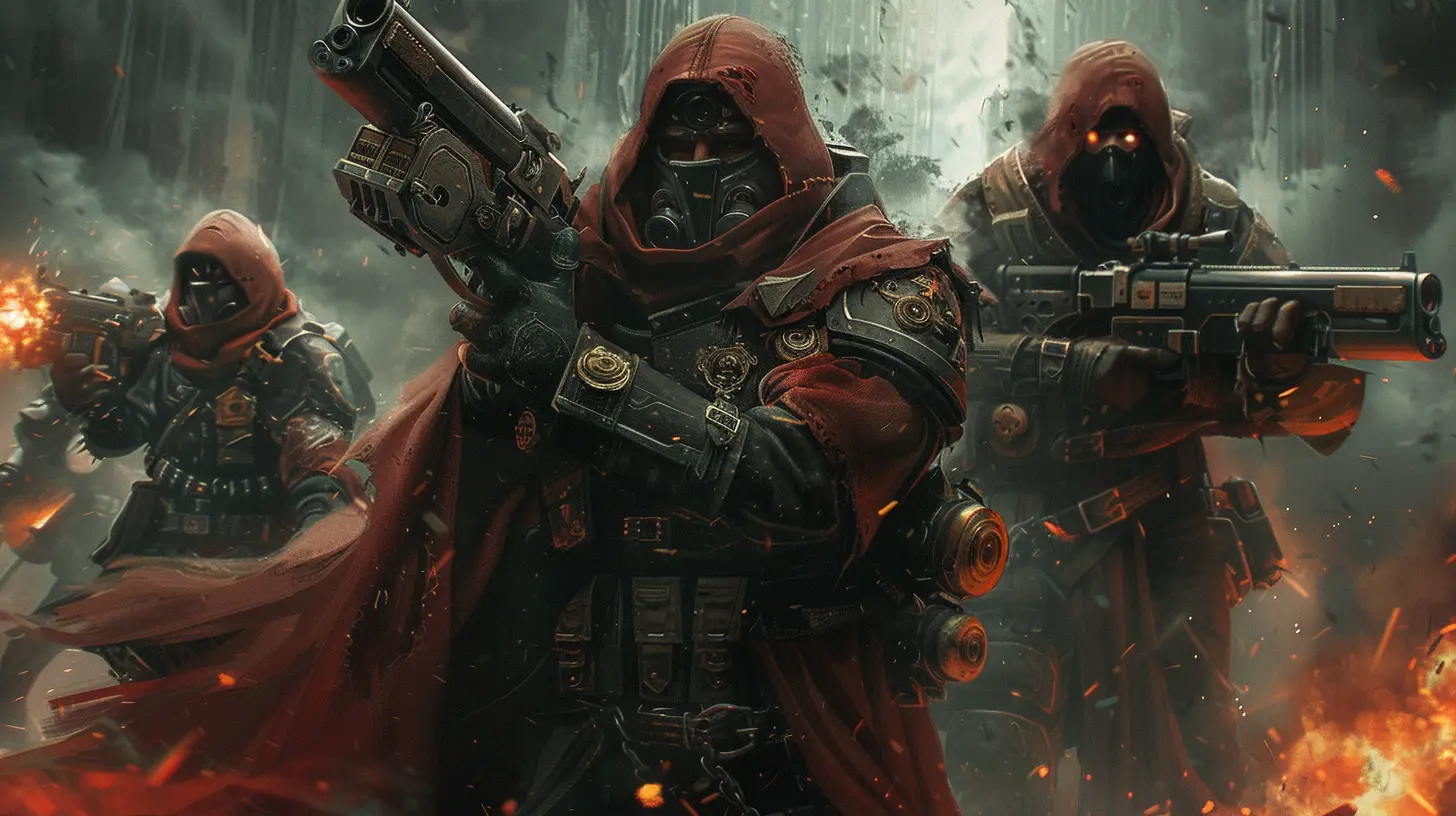
The Key Components of Strong Team Dynamics
Every successful e-sports team has a few common threads that run through their dynamic. Let’s break them down:1. Trust and Confidence
This one’s huge. If there’s no trust within the team, you’re essentially playing an elaborate game of “every man for himself.” Trust means knowing that your teammate will back you up during a risky play or that they’ll follow through on a strategy without hesitation.Think about pro teams like Astralis in their prime. Their trust in each other was almost telepathic. When one player smoked off a choke point, the others didn’t second-guess the move; they instantly reacted and adapted. That’s trust in action.
2. Communication (and Active Listening)
Ever seen a team lose because of poor communication? It happens more often than you’d think. Maybe someone didn’t call out an enemy flanking, or maybe multiple players shouted conflicting orders during a clutch moment.Great communication doesn’t mean shouting over your teammates; it’s more about effective, concise callouts mixed with active listening. Players need to absorb what their teammates are saying and act on it quickly. Fun fact: many pros use shorthand terms to speed things up, like “smoking mid” or “bot Mia” (missing in action), to keep the chatter brief but impactful.
3. Conflict Management
Let’s be real—team fights aren’t limited to in-game battles. E-sports teams are made up of people, and people… well, they argue. A LOT.Whether it’s disagreement over roles, match strategies, or even whose fault it was that they lost a game, conflicts happen. The difference between a top-tier team and a mediocre one often comes down to how they resolve those issues. Do they let egos clash indefinitely, or do they hash things out quickly and move forward?
Top coaches and managers often act as referees here, helping players vent frustrations without letting it derail team cohesion. Because let’s face it, if your tank is beefing with your DPS mid-tournament, things won’t end well.
4. Adaptability
In the world of e-sports, flexibility isn’t just a buzzword—it’s survival. Strategies can change on the fly, especially when an opponent throws a curveball your way. Teams with strong dynamics know how to regroup and pivot without falling apart.Adaptability also ties into knowing each other’s strengths and weaknesses. Who’s better at holding a tight angle? Who’s got nerves of steel for clutch plays? Recognizing and adapting roles based on a teammate’s current mental or physical state is a hallmark of great team dynamics.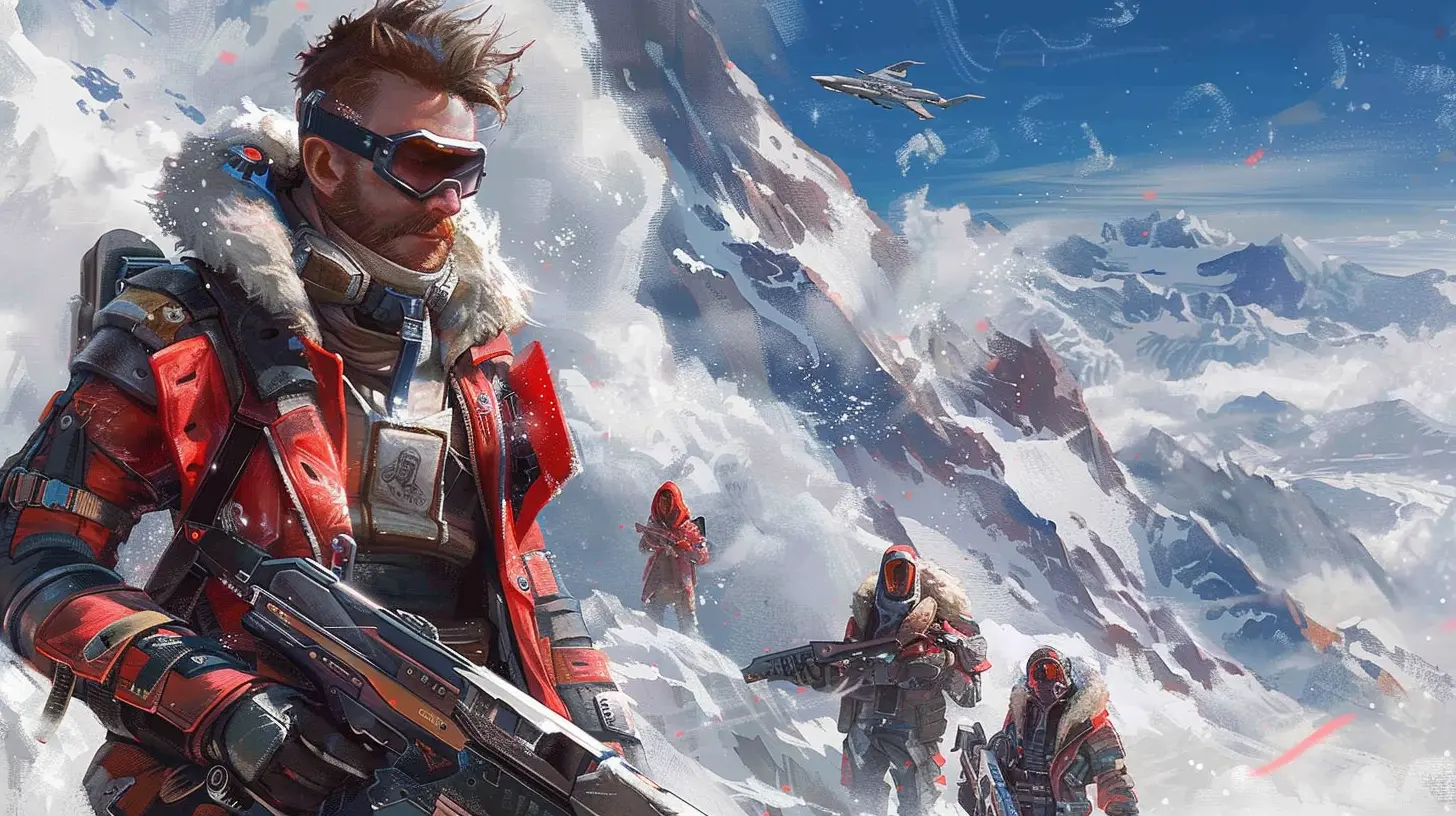
How Poor Team Dynamics Can Sabotage Success
On the flip side, poor team dynamics can bring even the most mechanically gifted squad to its knees. Let’s break down some common symptoms of a dysfunctional team:- Blame Culture
If a team spends more time pointing fingers than learning from their mistakes, they’ll stagnate. Blame culture fosters resentment and kills trust.- Lack of Leadership
Leadership doesn’t always have to come from the coach. Every great team has an in-game leader (IGL) who calls the shots and keeps everyone calm. Without one, chaos runs rampant.- Over-Reliance on One Player
We’ve all seen it—teams where one superstar player carries all the weight. While they might shine in the short term, this breeds complacency in the rest of the team. When that player inevitably falters, the team collapses like a house of cards.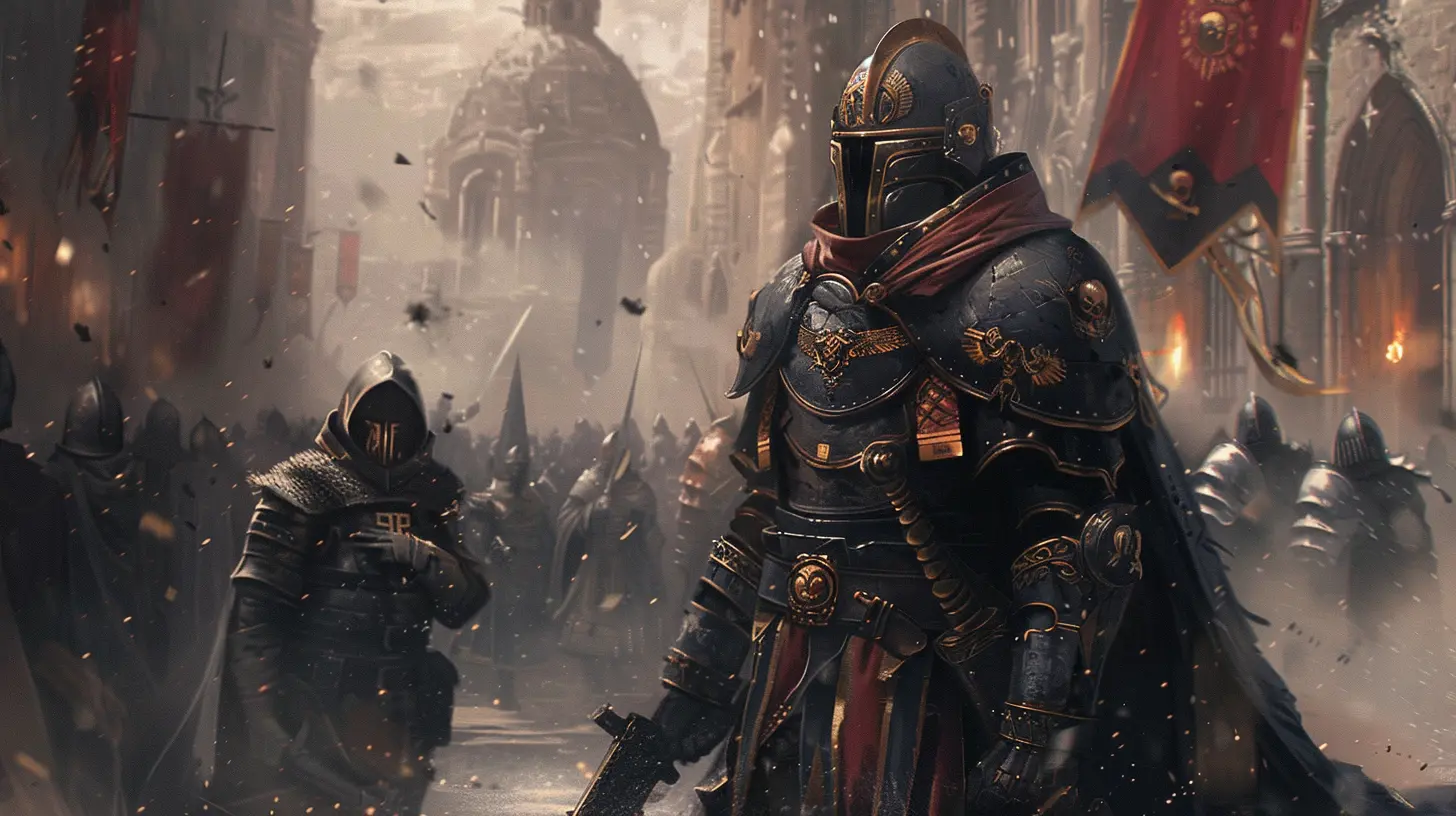
Real-Life Examples of Team Dynamics in E-Sports
The Rise of OG in Dota 2
OG's incredible back-to-back wins at The International are a testament to how team dynamics trump raw skill. They weren’t always the flashiest players, but their synergy, ability to trust each other, and adaptability got them through seemingly impossible games.Fnatic’s Early League of Legends Dominance
Back in the early days of League of Legends, Fnatic dominated due in large part to their incredible communication and trust. They weren’t afraid to experiment with strategies because they believed in each other’s ability to execute.Building Better Team Dynamics: Tips for Aspiring E-Sports Teams
So, how can up-and-coming e-sports teams improve their dynamics? Here are a few actionable tips:1. Practice Outside the Game Too
Spend time bonding as a team. Whether it’s watching VODs together or just hanging out, developing personal connections helps build trust.
2. Assign Clear Roles
Make sure every player knows their role in-game and what’s expected of them. This clarity eliminates confusion during high-pressure moments.
3. Hire a Coach
A good coach isn’t just there to refine strategies; they’re also there to mediate conflicts and refine communication.
4. Review Games Honestly
After every match, review what went right and wrong without playing the blame game. Focus on improvement, not criticisms.
Why Team Dynamics Are More Important Than Ever
E-sports is advancing at lightning speed. As tournaments grow bigger and prize pools hit multi-million-dollar levels, the pressure to perform is immense. And with more players vying for the spotlight, talent alone won’t cut it anymore.Strong team dynamics can be the difference between fading into obscurity after a few good games or becoming legends in the industry. And isn’t that what every gamer dreams of?
So next time you’re queuing up for ranked with your squad, remember this: it’s not just about you. It’s about us. Winning isn’t just about outplaying the enemy; it’s about playing with—and for—your team.

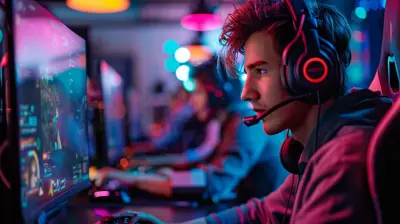
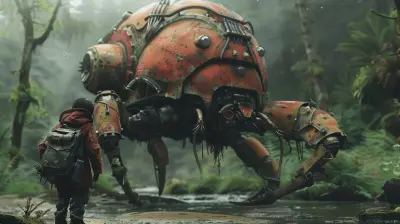

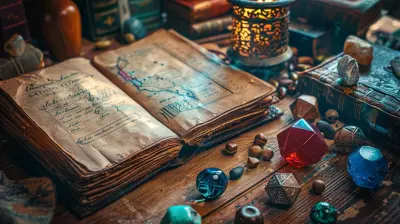
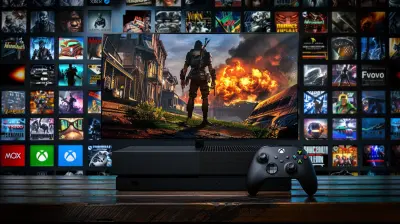
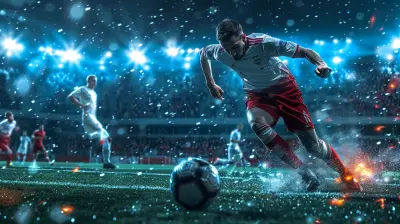
Serenity Wilkerson
Great insights! Understanding team dynamics is crucial for success in competitive e-sports. Well done!
March 2, 2025 at 5:04 AM